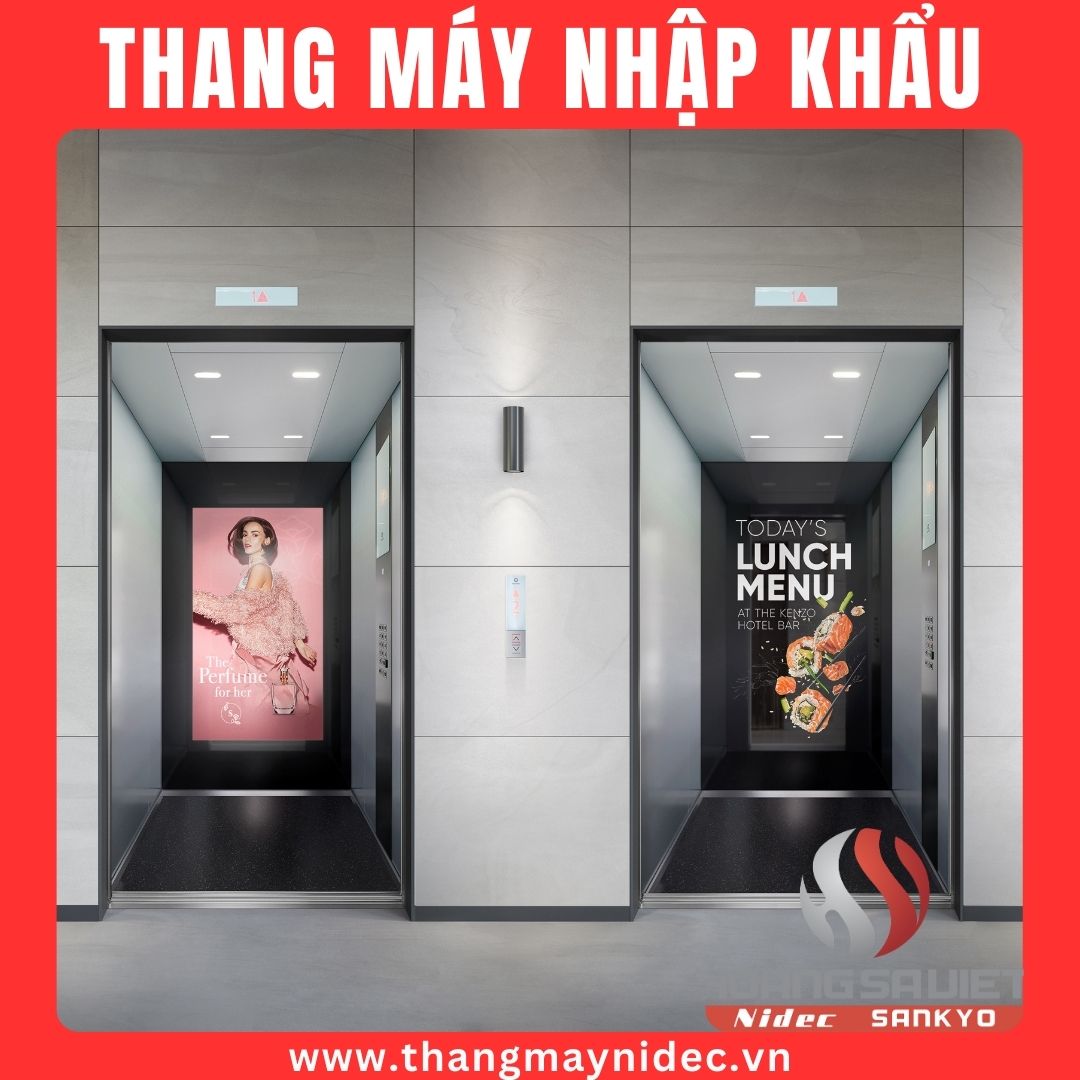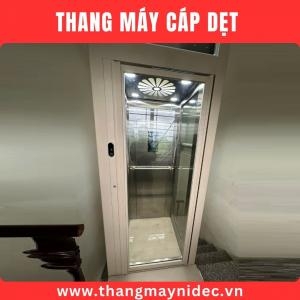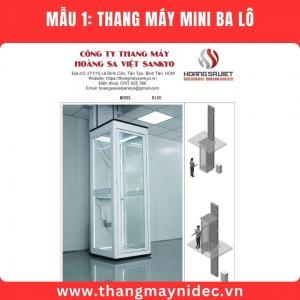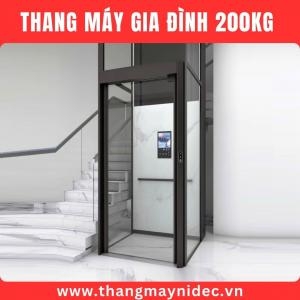The system is processing. Please wait a moment!
- Home Products Imported Elevator Price
Elevator for the Disabled. Wheelchair Lift
| Load: | Customize |
| Speed: | 1 meter/second |
| Number of Floors: | Customize |
| Material: | Aluminum Alloy + Glass |
| Classify: |
Joint venture elevator Imported elevators |
TABLE OF CONTENTS
In modern society, ensuring access to comfortable living and working environments for everyone, especially people with disabilities and the elderly, is essential. This is not only a way to improve the quality of life, but also demonstrates a fair and inclusive society where everyone has the opportunity to participate and integrate. In this, elevators for people with disabilities and wheelchair lifts play an important role, helping them move more easily, safely and independently in their daily lives.
If the stair gap is 100cm wide or more, you should install a mini elevator without a pit or renovate and widen the stairs.
See more products of Hoang Sa Viet Elevator:
Wheelchair Elevator Concept. Wheelchair Lift
Disabled elevators, also known as wheelchair lifts, are specially designed elevators to meet the mobility needs of people with limited mobility, including disabled people using wheelchairs or the elderly. This type of elevator has a more spacious cabin, creating enough space to easily transport wheelchairs or other mobility aids. The elevator doors are designed to open wide, making entry and exit more convenient, while the interior surface of the elevator is made non-slip to increase user safety. In addition, the Disabled Elevator. Wheelchair Lift also integrates many special safety features such as an alarm system in case of problems, an easy-to-use control system and support devices to ensure users can move easily, safely and comfortably. These elevators not only help people with disabilities move more easily in high-rise buildings or public facilities, but also create opportunities for them to participate in daily activities with more independence and confidence. This is a practical solution to improve the quality of life, while ensuring inclusion and equality for everyone in society.
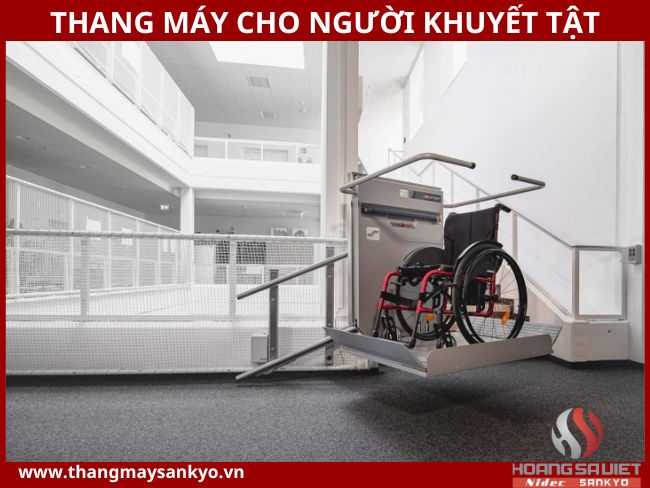
Features of Elevators for the Disabled. Wheelchair Lift
The design and operation of Disabled Elevators and Wheelchair Lifts for disabled people requires adherence to strict standards to ensure maximum convenience and safety for the users. Below are some of the important standards that must be met:
Elevator Compartment Size and Design:
When designing an elevator for the disabled, one of the most important factors is the size and design of the elevator shaft. The shaft needs to be spacious and have enough space for users to move around easily, especially for those using wheelchairs or mobility devices. The shaft size must be large enough to not only accommodate wheelchairs but also to make it comfortable and easy for users to enter and exit the elevator.
In addition, the elevator door is also an important design factor. The elevator door for the disabled needs to be wide enough to easily allow wheelchairs or wheelchair users to enter and exit without any obstacles. To enhance convenience and safety, the Disabled Elevator. Wheelchair Lift should be equipped with automatic doors, with sensor mechanisms or remote control to help the door open and close automatically without encountering collision or jamming. These features help the elevator operate smoothly, minimize risks to users and bring maximum convenience, especially in public environments or crowded residential areas.
Safety sensors, backup systems, and security
Elevators for the Disabled. Wheelchair Lifts not only require convenient design but also need to ensure absolute safety factors. One of the most important factors in this elevator system is the safety sensor. Safety sensors are integrated to detect dangerous situations such as when the elevator door cuts across the entrance or when there is a person or object blocking the door. These sensors help the elevator automatically stop working or not close the door when there is an obstacle, ensuring safety for users, especially for those who use wheelchairs or have limited mobility.
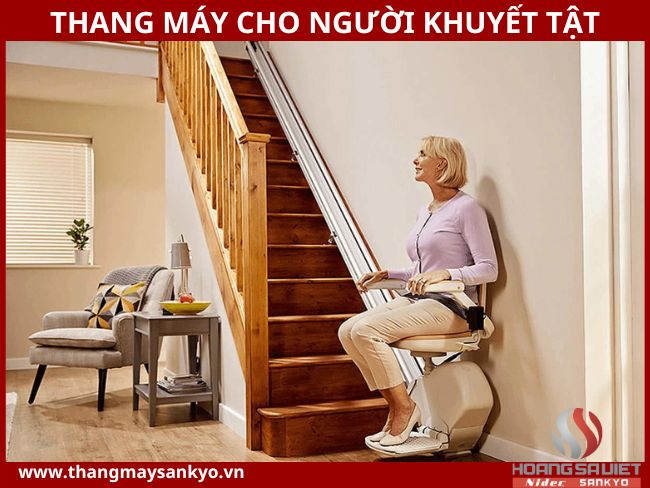
In addition, the backup system is also an indispensable factor for elevators for the disabled. Equipping backup systems will help the elevator operate continuously and safely, especially in situations of power outages or technical problems. This system includes backup components, such as the electrical system, the elevator will be able to operate stably even when there is a problem, helping users to access floors without risk or inconvenience.
In addition, the security of the Elevator for the Disabled. Wheelchair Lift also needs to be focused on to ensure maximum safety for users. Enhanced security features help prevent unauthorized access to the elevator system, especially in public areas or places with many users. These security features can include key codes, user identification systems or access control devices, ensuring that the elevator is only used by authorized users and avoiding dangerous situations or unauthorized intrusion.
If the stair gap is 100cm wide or more, you should install a mini elevator without a pit or renovate and widen the stairs.
Controls and Utilities :
The control system of a Wheelchair Lift needs to be specially designed to ensure ease of use and convenience for all users, especially those with limited mobility or visual impairments. One of the important factors is that the controls must have large, easily identifiable and operable buttons, allowing the user to easily select the desired floor without difficulty. In addition, the use of clear, easy to understand and quickly identifiable symbols is extremely important so that the disabled can understand the function of each button without worrying about confusion.
For added convenience, elevators can be equipped with assistive devices such as voice announcement systems that announce the floor at which the Wheelchair Lift is stopped, making it easy for blind or visually impaired people to know the location of the elevator without having to look at a screen or sign. Additionally, information displays can also be integrated, providing clear indications of elevator status, floors and operating status, making users feel more secure when using the elevator. These devices not only provide convenience but also help increase the independence of disabled people, while creating a safe and convenient travel environment.
See more products of Hoang Sa Viet Elevator:
Support Information and Instructions
Elevators for the Disabled. Wheelchair Lifts should provide adequate support and guidance to help users navigate safely and easily. Audio and visual systems integrated into elevators should convey clear, easy-to-understand and detailed messages to help users grasp the necessary information. Announcements via the audio system should provide instructions on the floor the elevator is currently on, the elevator's operating status, and warnings in case of special situations such as when the door is about to close or the elevator is malfunctioning. These messages help people with disabilities, especially those who are blind or visually impaired, to use the elevator easily without difficulty.
In addition, the image display system also plays an important role in providing clear information about floors, elevator status and other important instructions. This information not only supports people with disabilities but also creates a safe moving environment for all users, ensuring they can use the Disabled Elevator. Lift the Wheelchair confidently and without any risks. With this smart support system, the elevator helps improve the quality of life, bringing convenience and independence to people with disabilities, while creating an inclusive and safe living and working environment for everyone.
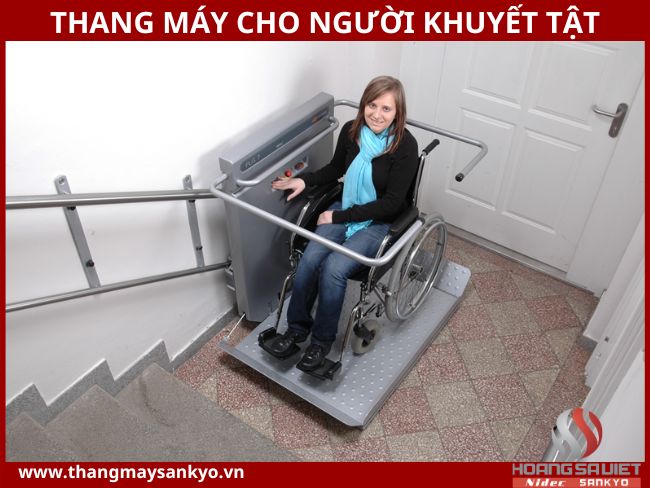
The importance of using elevators for people with disabilities
Humanity and Equality : Disabled lifts are a symbol of humanity and equality in society. They help facilitate people with limited mobility to easily access and use public buildings and infrastructures automatically and comfortably.
Convenience and Accessibility : Disabled elevators provide convenience and ease of use to users by removing barriers to mobility. This makes it easier for them to participate in daily activities, including moving around buildings, accessing public services, and participating in social activities.
SEE MORE ARTICLES
Safety and Reliability : Elevators for the disabled are often designed with special safety features such as safety doors, easy-to-use controls and sensors to ensure absolute safety for users. This creates a safe and reliable travel environment for people with limited mobility.
Promote Independence : Disabled lifts promote independence and self-reliance for those who use them. By providing accessible and easy-to-use mobility, they help increase the confidence and self-reliance of people with disabilities in their daily lives.
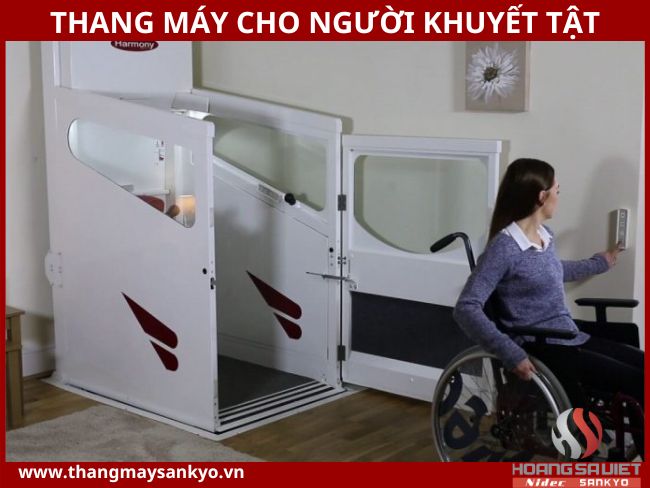
Types of elevators for the disabled commonly used today
Today, there are several types of elevators that are specifically designed to accommodate people with disabilities and meet their specific needs. Here are some of the common types of elevators for disabled people:
Wheelchair elevators :
Wheelchair elevators are a special solution designed to meet the mobility needs of people using wheelchairs or electric wheelchairs. This type of elevator has a spacious cabin, allowing enough space for wheelchairs to move easily and safely. The elevator doors are designed to open wide, with automatic or easy-to-control mechanisms, allowing users to enter and exit the elevator without difficulty or hindrance. In addition, wheelchair elevators are also equipped with special support features, such as flat, non-slip floors, and easy-to-access control systems, ensuring convenience and safety for users.
In addition, wheelchair lifts are equipped with advanced technologies to ensure that use is always convenient and easy. Elements such as safety sensors, audio and visual support systems, along with clear announcements, will help users feel confident and secure throughout the journey. The spacious design and convenient features of this elevator not only help people with disabilities, the elderly or those with limited mobility to access different areas in the building, but also help them to use the facilities more independently and comfortably. Wheelchair lifts are an important part of building an inclusive, equitable and convenient living and working environment for everyone.

Elevator with control system for the visually impaired
Elevators with visual control systems are a special solution designed to help people with reduced vision or who are blind move easily and safely in high-rise buildings. These elevators are equipped with advanced assistance features, such as voice guidance systems, which help users easily identify floors and guide them on the next steps when using the elevator. The elevator control system is also designed with high-resolution touch screens and clear icons, helping users to easily identify buttons and functions, even when they are not visible.
Elevators for the blind also have other special support features such as clear audio announcements about the current position of the elevator, helping users know which floor the elevator is on and when the elevator arrives at the floor they need. In addition, the buttons are designed to suit the recognition ability of the blind, with symbols or raised lines so that users can easily recognize and operate without difficulty. This not only brings convenience but also ensures safety and comfort for users, helping them access and use the facilities in the building more independently and confidently. Elevators with control systems for the blind not only improve the quality of life but also contribute to building an inclusive and equal living and working environment for everyone.
Elevator with easy-to-use control gate:
Elevators with easy-to-use control gates are specially designed to provide maximum convenience and support for all users, including those with limited vision or mobility. These elevators are equipped with large, easy-to-see control buttons, with clear icons that make them easy for users to recognize and operate. In addition, these icons are designed in simple and easy-to-understand forms, to help users quickly recognize the function of each button without difficulty.
An important feature of elevators with easy-to-use control gates is the audio guidance system. These instructions will inform users of the necessary operations, helping them to use the elevator confidently and safely. This audio system not only announces the floors the elevator is passing through, but also provides useful instructions, such as warnings when the doors are about to close or when the elevator has reached its destination. This creates an easy and convenient user experience for everyone, especially for those with visual problems or first-time elevator users. With a design that focuses on ease and maximum support, elevators with easy-to-use control gates not only help improve the quality of life of users but also contribute to building a safe and comfortable travel environment for everyone.

Elevator for people with walking disabilities:
A walker elevator is a great solution to help people with limited mobility but still able to move on their feet. This type of elevator is usually designed with stairs or flat surfaces, making it easier for users to move up and down without difficulty. A walker elevator not only ensures convenience in moving but can also be integrated into buildings with limited space, where installing a wheelchair elevator is not possible.
These elevators can be installed in places such as high-rise buildings, hospitals, shopping malls or other public facilities where ensuring the right to mobility for everyone is of utmost importance. Specially designed, elevators for people with walking disabilities often come with convenient features such as safety handrails, audio warnings and lighting systems to ensure that users can move around safely and easily. This not only creates a convenient user experience but also contributes to making the living and working environment more inclusive, allowing people to move freely without encountering physical barriers.
See more products of Hoang Sa Viet Elevator:
Elevator with multi-function design:
Multi-purpose elevators are an ideal solution for modern buildings, serving both the mobility needs of the disabled and the non-disabled. These elevators are equipped with advanced features such as automatic doors, flexible control systems and spacious spaces, creating favorable conditions for all users, from disabled people moving in wheelchairs to normal people.
With its multi-functional design, the elevator not only helps people with disabilities move easily and safely, but also provides a comfortable environment for everyone. Features such as a control panel with large buttons, a clear display screen, and an integrated announcement sound system are designed to support people with disabilities during use. At the same time, the elevator space is designed to be spacious, allowing users to move comfortably and safely.
In modern buildings, multi-purpose elevators are an important part of the public transport system, ensuring that everyone can access and use the building without any obstacles. These elevators contribute to building an inclusive and equal society, where everyone can move freely and independently.
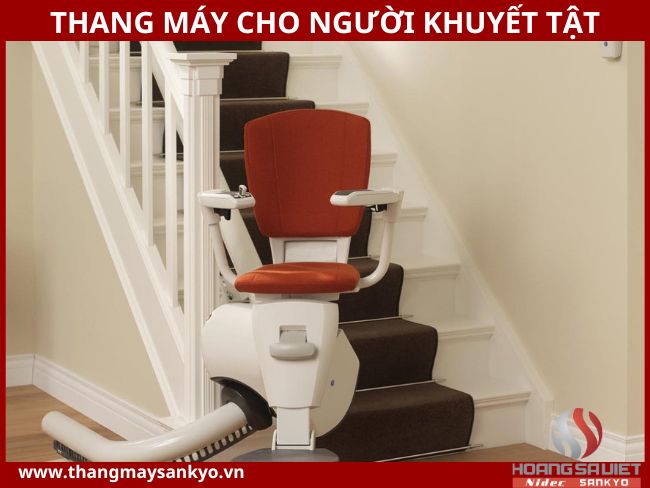
PRICE SUCCESSFUL!
PRICE UNSUCCESSFUL!
Hiện chưa có đánh giá nào về sản phẩm này!



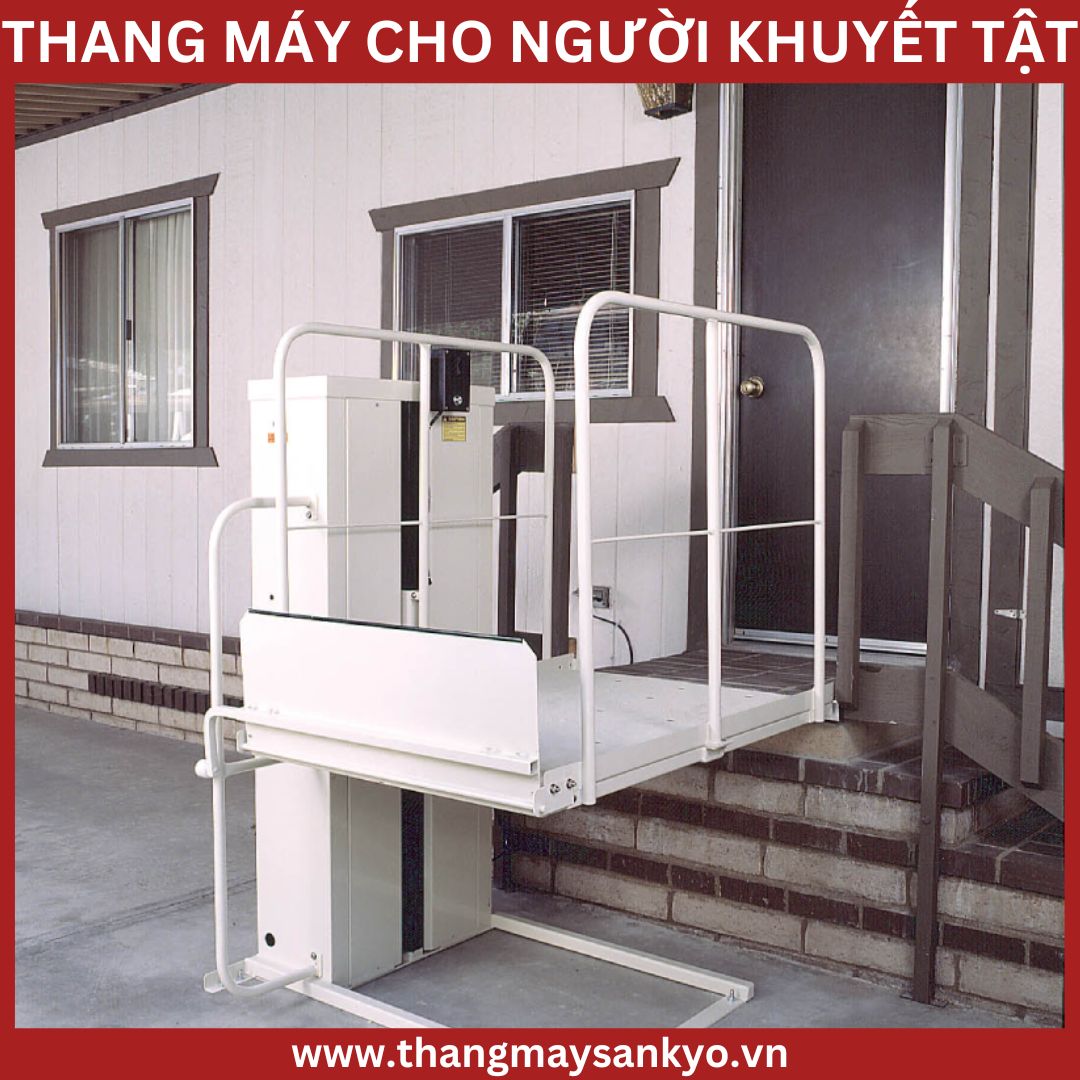
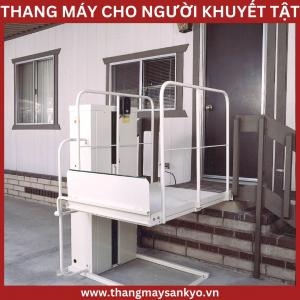

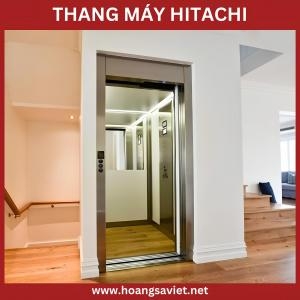
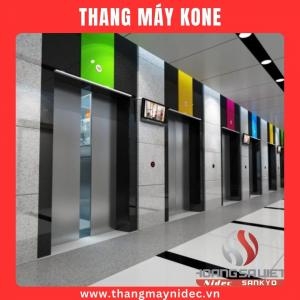
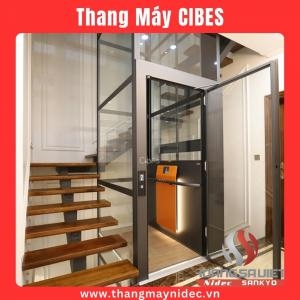
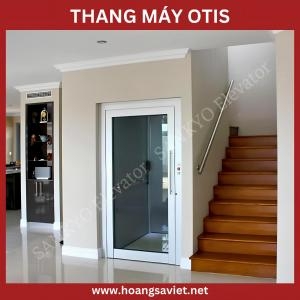
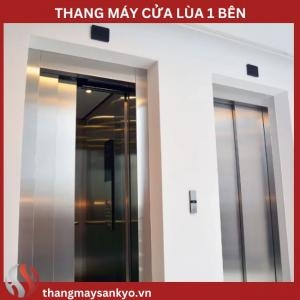


.jpg)
